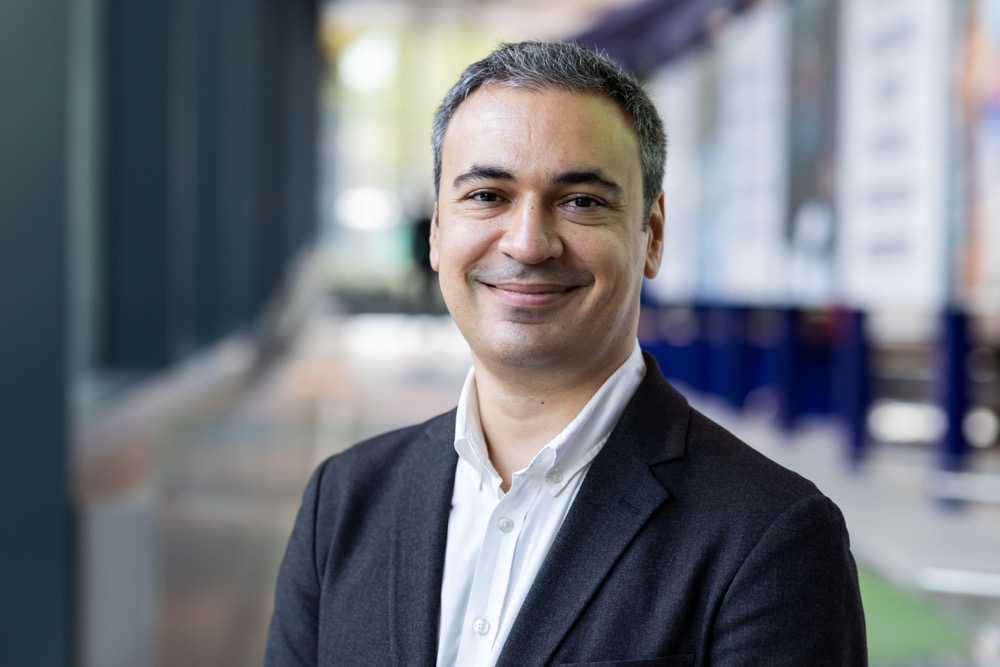We’ve got to cool down the globe… Reflections on COP26

Studying for an MA in Environmental Futures with Climate Change in the Department of Government, Ismet Soyocak talks about his observations from the UN COP26 climate conference in Glasgow.
COP26 in Glasgow received plenty of media attention, but the dust has now settled and the real work will begin to actually implement the pledges made, and make sure we can achieve the developments that are needed to avert the very worst effects of climate change.
In the run up to COP26 one of the biggest concerns was the fact that the leaders of Russia and China were choosing not to attend the event; as the first and fifth largest emitters of carbon dioxide they contribute around a third of the world’s CO2 emissions, so their input is hugely important. However, they did send delegations of negotiators, so there was hope that President Putin and President Xi’s absence would not hold things up. Crucially, early on it was announced that more than 100 world leaders (including Putin and Xi) had agreed to end, and reverse, deforestation by 2030. Trees are the lungs of our planet, playing a crucial role not just in storing carbon but also biodiversity and soil health.
India announced a pledge to reach net-zero emissions by 2070, which doesn’t feel ambitious or urgent enough to me. There is a tension between countries that are developing their industry and economies, and those which are already much further along; the balance of others being able to level up is very challenging in the face of a climate emergency. Following the close of the conference, with time to reflect on the agreements, it’s been widely observed that the pledges don’t necessarily build enough on those made at COP21 (Paris 2015) to actually stay within the agreed global warming limit of +1.5C; maybe we are just too late to avoid that. The scenarios for warming effects are based on current emissions trajectories and no one knows exactly what will happen at +1.5C versus +2.0C, or 2.5C, but we do know the higher the rise, the more harmful the effects.
I’d like to see more follow-through mechanisms to make sure that countries stick to their commitments. Without this can we be sure that they will put in the work that is now essential? However, on a positive note, it was announced that the International Energy Agency, alongside other agencies, launched an initiative to increase regulatory capacity needed to decarbonise energy systems. They might be an unpopular club with some nations, but this move is necessary for change to happen. I really hope it succeeds – and that all parties are sincere in their contributions.
Overall, I think there is no denying that COP26 has led to some progress, it’s a step forward. The biggest difference is the amount of awareness, compared with COP21 in Paris; a lot has gone on since then – heatwaves, forest fires, droughts… and people are much more conscious of the impacts of climate change and want to do something. Businesses are waking up to the fact that they can be part of the solutions and the green economy is growing; there are lots of opportunities for jobs too.
If we can get there – to net zero by 2050 – it will have been a huge endeavour. But it doesn’t stop there, then we need to be pushing forward with carbon negative to continue to cool the planet too. Time – and technology – will tell if we can do it. I hope from my studies at Essex I will be part of the solution.
